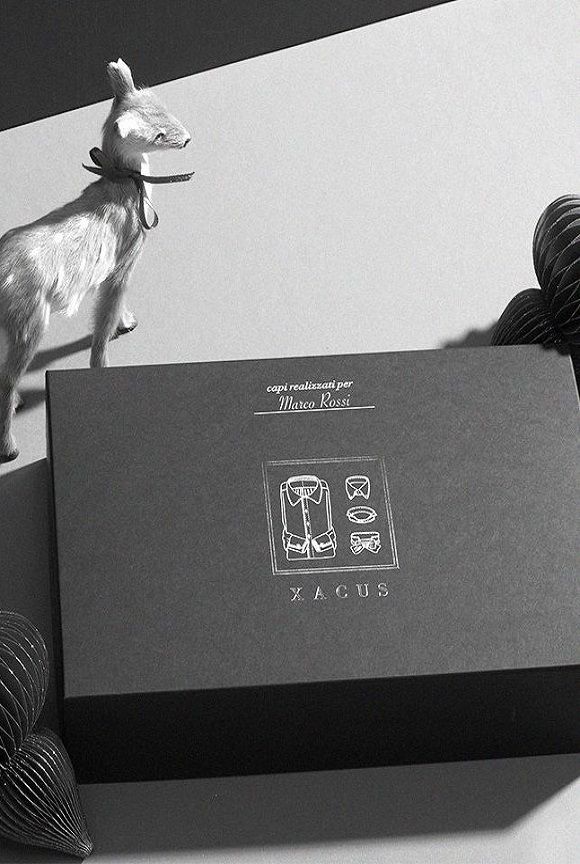It was in 1843 that the Garibaldi’s legion of redshirts was created in Montevideo (South America)
It is believed that it was British admiral, Winnington-Ingram, who was there during the siege, who decided to buy a cut-price stock of shirts destined to the Buenos Aires market, which had closed. The shirts were red because they were made for the workers in the abattoirs and meat factories of Ensenada (Mexico), in order to “camouflage” the inevitable blood stains.
Other sources would have it that it was the painter, Gallino who advised Garibaldi to use red uniforms: the general and his legionnaires were republicans and since half a century beforehand, red had been the colour used by revolutionaries in Europe.
Through the century, the collarless white shirt with loose sleeves was generally worn by artists and especially by painters.
19th-century society was divided into two categories, according to the way in which the shirt was worn.
It could be worn outside, without a jacket, distanced from the rigid rules of the bourgeoisie, or with a tuxedo or frock coat (fastened at the front) to reflect a certain attachment to family values and work.
Cravats became more and more decorative with accessories such as pins, opaque stones and pearls, before becoming smaller in the latter half of the century, making way for the bib (starched shirt front).
The men’s shirt became a perfect fit for modern living, with removable collars and cuffs.
Next on the scene, the flannel shirt, decorated with small colourful designs, and worn under a straight jacket without flaps, as used in the mid 1850s as a daytime “uniform”.
The most classic white shirt with turn-down collar abandoned the starched front and began to be seen in new colours such as ivory and pastel shades.
As a countertrend to middle-class fashions, dandyism became increasingly popular, a transgressive movement started by George Brian Brummel in the late 1700s.
Blue tailcoat, cream trousers tucked inside top boots, and shirt with classic point collar, so high that the tips touched the face, all surrounded by a starched white cravat.
A style all about attention to detail and ostentatious elegance.
What can we expect of the 1900s? In what other ways will the shirt develop before it becomes the garment we wear today?
Keep following us to find out.
And if you want to know what happened during the Rococo period, read our article.

